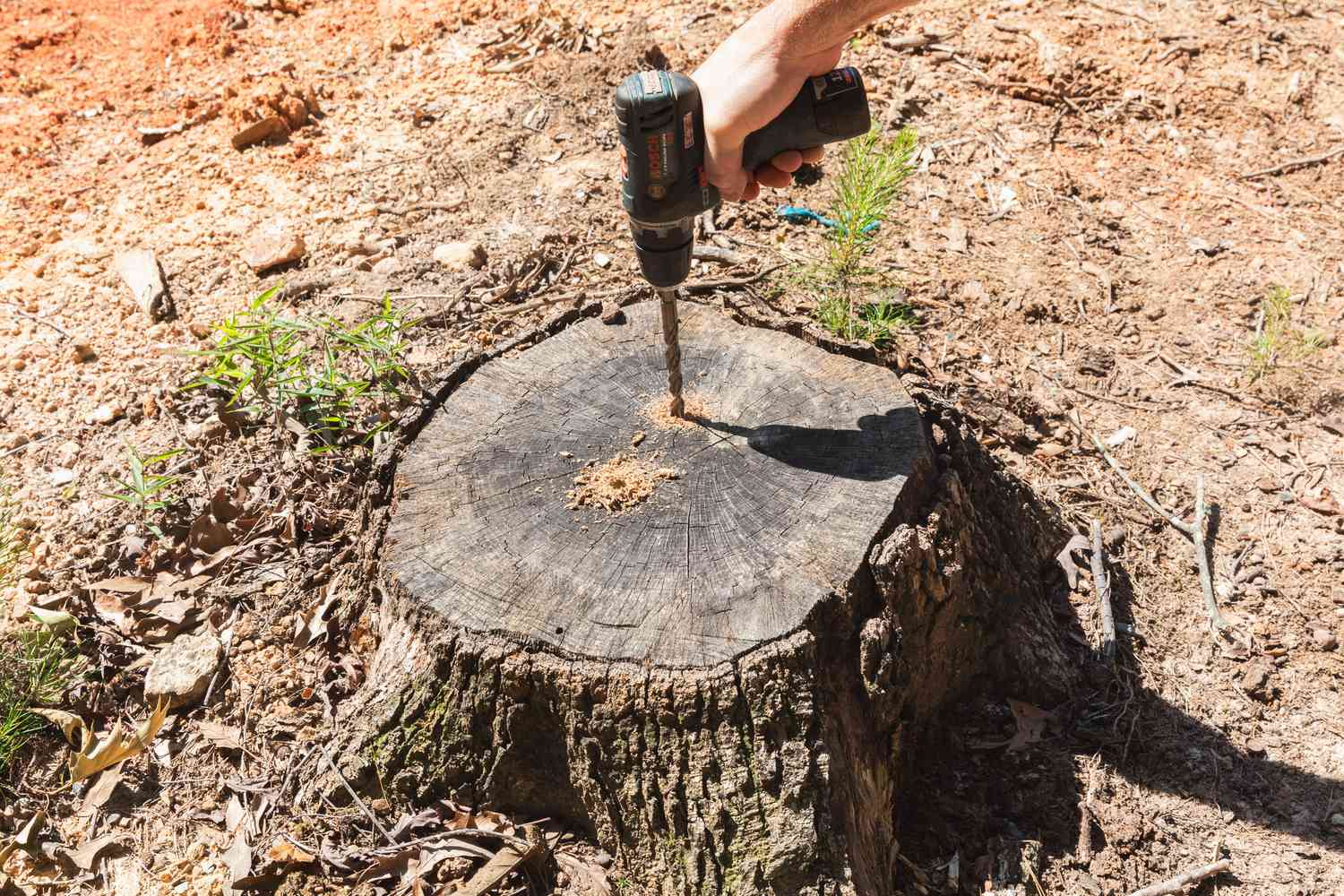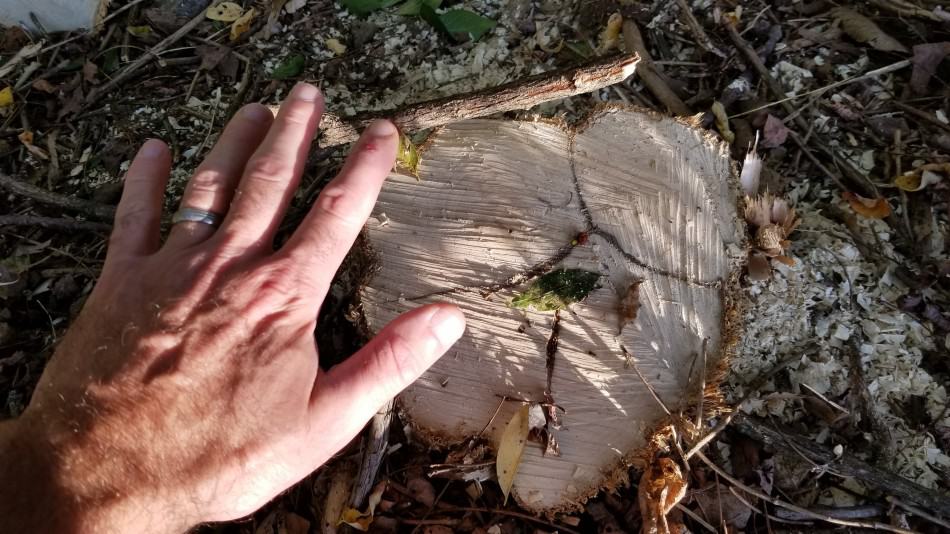Kill Tree Roots Fast: Your Ultimate Guide
Introduction
Dealing with invasive tree roots can be a nightmare for homeowners. Whether they’re spreading through your garden beds, causing cracks in your foundation, or clogging plumbing, tree roots need to be dealt with efficiently. But how do you get rid of them quickly and effectively without causing more damage? In this comprehensive guide, we’ll walk you through the methods for killing tree roots fast, covering everything from chemical treatments to physical techniques and even natural remedies.
Why Do Tree Roots Need to Be Killed?
Tree roots are vital to a tree’s survival, but when they extend into places where they’re unwanted, they can cause major headaches. Here’s why you might need to eliminate tree roots fast:
• Foundation Damage: Tree roots often grow under concrete slabs and can cause cracks or shifts in the foundation of buildings, leading to expensive repairs.
• Plumbing Issues: Roots growing into sewer or water pipes can block the flow of water, leading to backups and potentially serious plumbing issues.
• Landscape Disruptions: Tree roots can invade garden beds or lawns, stealing nutrients from other plants, or making it difficult to plant new vegetation.
In such cases, it’s often best to take action and eliminate those tree roots before they cause more damage.
Methods for Killing Tree Roots Fast
There are three main ways to kill tree roots: chemical methods, natural methods, and physical methods. Let’s break them down.
1.Glyphosate: A broad-spectrum herbicide that kills plants by inhibiting an enzyme essential for their growth.
2.Triclopyr: Specifically designed to kill woody plants and tree roots without harming surrounding vegetation.
Step-by-Step Guide for Applying Herbicides Safely
• Choose the right product: Buy a herbicide that specifically targets tree roots.
• Wear protective gear: Ensure you wear gloves, long sleeves, and goggles to avoid exposure to the chemicals.
• Apply during active growth: Herbicides work best when the tree is actively growing, which is typically in the spring or early summer.
• Drill holes into the stump or roots: Use a drill to create several holes in the tree stump or along the main roots. The more holes you make, the more effective the treatment.
• Apply herbicide: Pour or inject the herbicide directly into the holes. This will allow the chemical to be absorbed by the tree.
• Wait: Give the herbicide time to work. It can take a few weeks to a few months for the roots to die completely.

Salt as a Natural Tree Root Killer
Using salt is a natural way to kill tree roots without chemicals. Salt draws moisture out of the roots, essentially dehydrating them. However, it’s important to note that salt can make the soil unsuitable for future plant growth, so use it cautiously.
• Pros: Salt is easy to apply and very effective at killing roots.
• Cons: Excessive salt can render the soil toxic for other plants, preventing future gardening in the affected area.
Using Epsom Salt to Kill Tree Roots
Epsom salt contains magnesium and sulfur, which can interfere with the tree’s root functions. It’s often safer than regular salt and works gradually to kill the roots.
Why Epsom Salt Works
Magnesium in Epsom salt affects the tree’s ability to absorb nutrients, and sulfur dries out the roots. While it’s a slower method, it’s safer for the surrounding soil.
How to Use Epsom Salt Effectively
1.Drill several holes into the tree stump or roots.
2.Pour Epsom salt into the holes, ensuring that it’s in direct contact with the tree’s vascular system.
3.Water the stump lightly to help dissolve the salt.
4.Monitor the stump over the next few weeks to see if the tree begins to die.
Other Natural Root Killers
You don’t have to rely on salt alone; there are other natural solutions that can be effective as well:
Vinegar and Bleach Solutions
Both vinegar and bleach can be used to kill tree roots. Vinegar, with its acetic acid, can dehydrate roots, while bleach breaks down the root system. These solutions are effective, but they can harm surrounding plants, so apply them carefully.
Physical Methods to Kill Tree Roots
While chemical and natural treatments are popular, physical methods may be necessary for those who prefer a hands-on approach.
Digging Up the Roots
This is one of the most thorough ways to kill tree roots. By removing the entire root system, you ensure that the tree won’t regrow. Although it requires significant effort, it is the most direct and effective method.
Cutting the Roots with Tools
For smaller trees, you can manually cut the roots using a spade or saw. Make sure you dig around the roots to expose them before cutting.

How to Prevent Tree Roots from Growing Back
Once you’ve removed or killed the roots, you’ll want to ensure that new roots don’t take their place.
Cutting Roots at the Right Depth
Cutting tree roots deeper into the ground can prevent regrowth. Shallow cuts may stimulate the tree to send out new roots.
Blocking Future Root Growth
Placing barriers, such as plastic sheets, can help block future root growth, especially if you’re trying to prevent roots from spreading into your garden or foundation.
Safety Measures for Using Chemicals and Tools
Always follow safety guidelines on herbicide packaging, wear appropriate protective clothing, and use tools carefully to avoid injury.
Pros and Cons of Each Method
Here’s a comparison of the different methods you can use to kill tree roots fast:
• Chemical: Quick and effective, but can harm surrounding plants and soil.
• Natural: Safer for the environment, but may take longer to see results.
• Physical: Highly effective, especially for large trees, but requires time and effort.
Conclusion
Killing tree roots fast requires a careful selection of methods based on your needs. Whether you opt for chemical, natural, or physical techniques, each method offers distinct advantages. Always consider the potential impact on your environment and choose the solution that best fits your situation.

